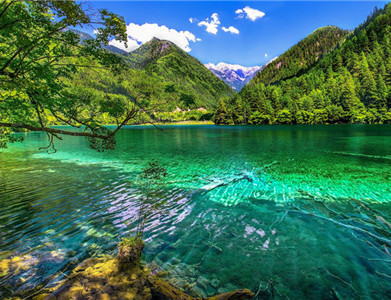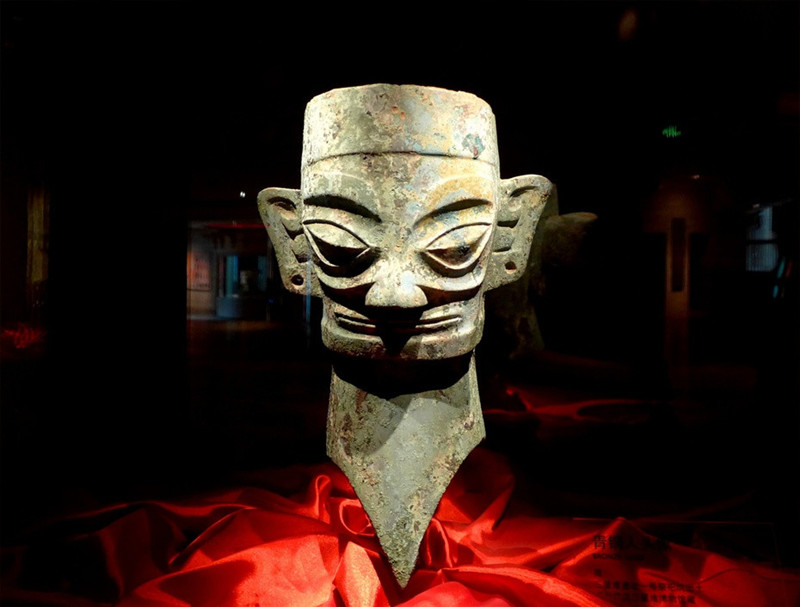How to Plan Sichuan Tour
When to Go 🗓️
Most lowland cities in Sichuan are at their best in spring (March–May) and autumn (September–November)—you’ll enjoy mild temperatures, fewer crowds, and spectacular blooms or fall foliage. If you crave summer cool, head up into the highlands (e.g., Jiuzhaigou (九寨沟) or Daocheng Yading(稻城亚丁) ) where daytime highs stay around 15–20 °C. Winters (December–February) in the Sichuan Basin (成都平原) are damp but mild—perfect for steamy hotpot sessions—while the mountains get snow.
Recommended Duration ⏳
-
City‑only (1–2 days):
-
1‑Day “Pandas & Ancient Streets” highlights Chengdu Research Base (成都大熊猫繁育研究基地) and Kuanzhai Alley (宽窄巷子).
-
2‑Day Classic adds Wuhou Shrine (武侯祠), Jinli Ancient Street (锦里古街) and a tea‑house afternoon in People’s Park (人民公园).
-
-
Classic Sichuan Loop (3–5 days):
-
Add Leshan Giant Buddha (乐山大佛) and Mt. Emei (峨眉山) for a 2‑day side trip.
-
Or book a 4‑day package to see both, plus local mountain villages.
-
-
Deep Dive (7–10+ days):
-
Beyond the Basin: Jiuzhaigou (九寨沟), Huanglong (黄龙), Mt. Siguniang (四姑娘山) and the Tibetan towns of Danba 丹巴 and Tagong 塔公。
-
Must‑See Attractions 📍
-
Giant Panda Breeding Research Base (成都大熊猫繁育研究基地) – Watch pandas at play in the morning feeding sessions.

-
Jinli Ancient Street (锦里古街) & Kuanzhai Alley (宽窄巷子) – Stroll through restored Qing‑era lanes lined with snack stalls and handicrafts.

-
Wuhou Memorial Temple (武侯祠) – A serene park dedicated to the Three Kingdoms strategist Zhuge Liang.
-
Leshan Giant Buddha (乐山大佛) – The 71 m‑tall stone Buddha carved into the confluence cliffs of the Min and Dadu Rivers.

-
Mt. Emei (峨眉山) – One of China’s Four Sacred Buddhist Mountains; hike or ride the cable car to Golden Summit for sunrise and sea‑of‑clouds views.
-
Jiuzhaigou Valley (九寨沟) & Huanglong (黄龙) – World‑heritage parks famed for their crystal lakes, waterfalls and travertine terraces.

-
Sanxingdui Museum (三星堆博物馆) – Home to 4,000‑year‑old Bronze Age artifacts that rewrite China’s early history.

-
Daocheng Yading (稻城亚丁) – Alpine meadows, Tibetan villages and three snow‑capped peaks north of Litang.
Getting Around 🚄🚌
-
By Air: Chengdu Shuangliu (双流机场) & Tianfu (天府机场) handle international and domestic flights; regional airports serve Jiuzhaigou (九黄机场), Kangding (康定机场) and Daocheng (稻城机场).
-
By Rail: High‑speed trains link Chengdu (成都) with Chongqing (重庆), Xi’an (西安) and Kunming (昆明); most mountain spots require a bus or car on the final leg.
-
By Road: Frequent coaches depart Chengdu Xinnanmen (新南门客运站) for Jiuzhaigou (九寨沟), Kangding (康定) and beyond; private‑car hires or shared‑taxi minibuses fill in where buses don’t run.
-
City Transport: Chengdu Metro (成都地铁) lines 1–13, extensive bus network, bike‑share and ride‑hail apps cover the urban core.
Sichuan Cuisine 🍲
Sichuan (川菜) is famed for “mala” (麻辣)—the numbing‑spicy combo of Sichuan peppercorns and chilies—but the full palette spans seven flavors: salty, sweet, sour, bitter, floral, numbing and spicy.
-
Classics: Mapo tofu (麻婆豆腐), Kung Pao chicken (宫保鸡丁), Twice‑Cooked pork (回锅肉).

-
Local Snacks: Dandan noodles (担担面), spicy dumplings (钟水饺), guokui (锅盔) and bamboo fungus (冰峰菌).
-
Hotpot: Chengdu hotpot (成都火锅) or Chongqing hotpot (重庆火锅), simmering in a rich beef‑tallow and spice broth.

Climate & Weather ☀️🌧️
-
Sichuan Basin (e.g., Chengdu 成都, Leshan 乐山): humid subtropical—hot, wet summers; mild, overcast winters; most rain in June–July.
-
Western Highlands (e.g., Jiuzhaigou 九寨沟, Ganzi 甘孜): mountain monsoon—warm, wet summers; cool, dry winters; large day‑night swings; watch for sudden storms.
Altitude & Terrain 🏔️
Sichuan’s elevation rises in great terraces:
-
Chengdu Plain (成都平原): ~450–720 m above sea level.
-
Jiuzhaigou Valley (九寨沟): 1,998–4,764 m.
-
Daocheng Yading (稻城亚丁) & Tibetan Plateau: 3,000–5,000 m+—plan acclimatization days and carry altitude‑sickness remedies.

Packing Tips 🎒
-
Layered Clothing: moisture‑wicking base layers, fleece or down mid‑layers, waterproof shell—adjust from basin to high alpine.
-
Rain & Sun Gear: compact umbrella or raincoat for basin showers; SPF 50 sunscreen, broad‑brim hat and UV‑blocking sunglasses at altitude.
-
First‑Aid & Electronics: carry basic meds (cold, stomach, motion sickness), altitude tablets or Rhodiola capsules, a small oxygen canister if needed; power bank, universal adapter, passport/ID copies and an offline translation map app.
Enjoy planning your Sichuan adventure—where vibrant city life, ancient culture, bamboo‑forest pandas and breathtaking mountain landscapes all await!











